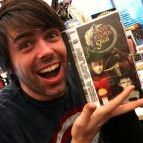The Top 7 Reasons the Super NES is Nintendos best console
20 years later, Nintendo’s second console still sits among the greatest
Two decades ago this month, the Super NES was unleashed on an already Nintendo-obsessed North America. Since its 1991 arrival, the console has gone on to become one of the most enduringly popular machines in gaming history, and home to numerous classics that inspired many of the titles we love today. But unlike most obsolete consoles, the Super NES has aged like a fine wine, retaining all of its latter-day grandeur and possibly even gaining allure as the years pile on.
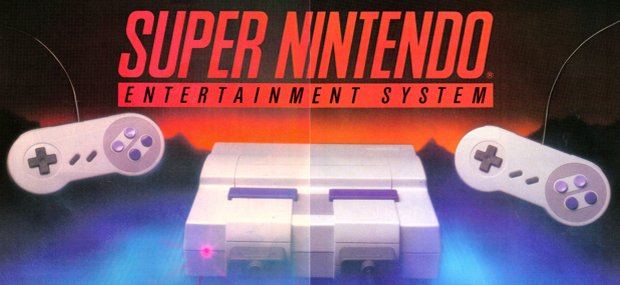
Above: The ethereal first image of the SNES, as seen in Nintendo Power
To celebrate this 20 year anniversary, we’re posting misty-eyed recollections of the SNES all week, beginning with today’s assertion that after all this time, the Super NES was (and remains) Nintendo’s best console. Strong words for sure, but we think we have some equally strong reasoning…
7 – It had the best Nintendo launch day
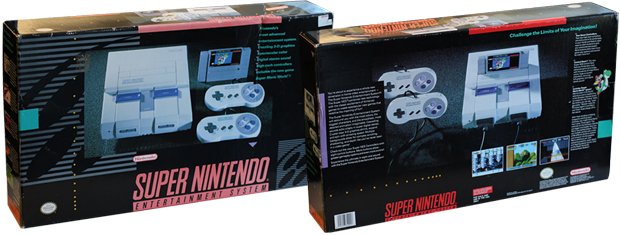
Just a few months ago, Nintendo dropped the 3DS onto the market with an undeniably weak lineup. Even though Wii would find mainstream success, it launched with little beyond Twilight Princess and a packed-in Wii Sports to entice players to hop aboard. GameCube hit shelves in 2001 with no Mario or Zelda game (Luigi’s Mansion and Rogue Leader were strong, but not enough) and even the N64, which revolutionized 3D gameplay with Mario 64, only had that one game and Pilotwings 64 to keep gamers busy. The original NES had a half-launch in 1985 followed by more “launch” games in 1986, so it’s hard to say what even counts.
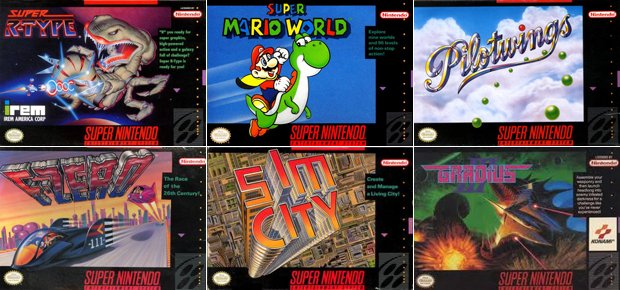
Compare those launches to the 1991 SNES onslaught of top-tier games. On day one we had the original Pilotwings and F-Zero (both of which would become Nintendo staples), plus Super Mario World for free inside every console box; that would be the last time Nintendo gave away its prize Mario game right out of the gate. Third parties offered Gradius III, Super R-Type and SimCity, and if you extend this timeframe to “launch window” (as so many publishers are fond of doing these days), you can add Final Fantasy IV, Actraiser, Final Fight, Super Ghouls & Ghosts, UN Squadron, Super Castlevania IV and a pile of sports games to this list as well.
Every one of those games was notable in its time, and most of them have aged well enough to still be enjoyed today. To have that level of excellence not just on day one, but through the first holiday season, is something Nintendo hasn’t topped since. Hell, while we’re at it, few modern launches can compete with it either.
6 – It was an RPG haven
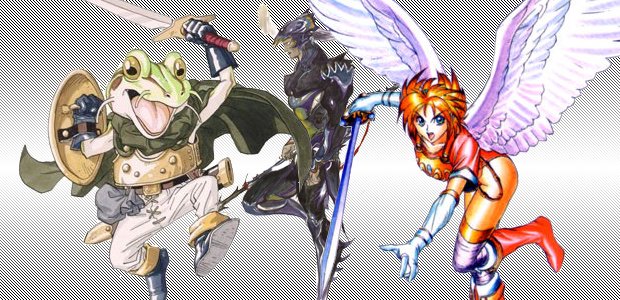
Final Fantasy VII is usually attributed with introducing JRPGs to the mainstream West, but years before it arrived, the Super NES was already churning out hit after hit in the exact same genre. Granted, none achieved the critical or commercial success of FFVII, but it’s not hard to argue Nintendo’s 16-bit system was equally instrumental in acclimatizing the Western audience to JRPGs. Nintendo tried pushing Dragon Quest on the NES, but it didn’t stick – the SNES was where the genre finally exploded.
Sign up to the GamesRadar+ Newsletter
Weekly digests, tales from the communities you love, and more
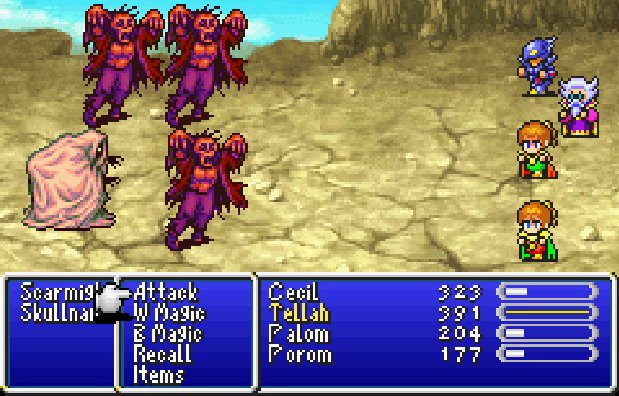
It all began with Final Fantasy IV (released as FFII in the US). Before long we also had Breath of Fire, Secret of Mana and Lufia, followed by mega-hits like Super Mario RPG, Earthbound, Chrono Trigger, Illusion of Gaia and Final Fantasy VI, plus A Link to the Past if you’re cool with classifying it as an RPG (people like to argue that point). Even the second stringers were remarkably strong; 7th Saga, Robotrek, Paladin’s Quest and Uncharted Waters all made their mark on a system already loaded with top-notch options, amounting to a feast of role-playing goodness the competing Genesis/Mega Drive couldn’t hope to beat – though Phantasy Star, Beyond Oasis and Shining Force were more than adequate competition.
The very concept of “classic JRPG” was honed to perfection on the SNES, and laid groundwork not just for the PS1 era of RPG excellence, but also today’s de-makes and indie games (such as Bastion, Half-Minute Hero and Cthulhu Saves the World). The genre may be in trouble on consoles, especially in the face of modern RPG hybrids like Elder Scrolls, Fallout 3 and Mass Effect, but the idea is still inspiring multiple DS hits that pull directly from the SNES days – see Bowser’s Inside Story, Strange Journey or even Pokemon for modern equivalents.
There’s another angle to these various JRPGs too, one we’ll get into on the next page…
A fomer Executive Editor at GamesRadar, Brett also contributed content to many other Future gaming publications including Nintendo Power, PC Gamer and Official Xbox Magazine. Brett has worked at Capcom in several senior roles, is an experienced podcaster, and now works as a Senior Manager of Content Communications at PlayStation SIE.
